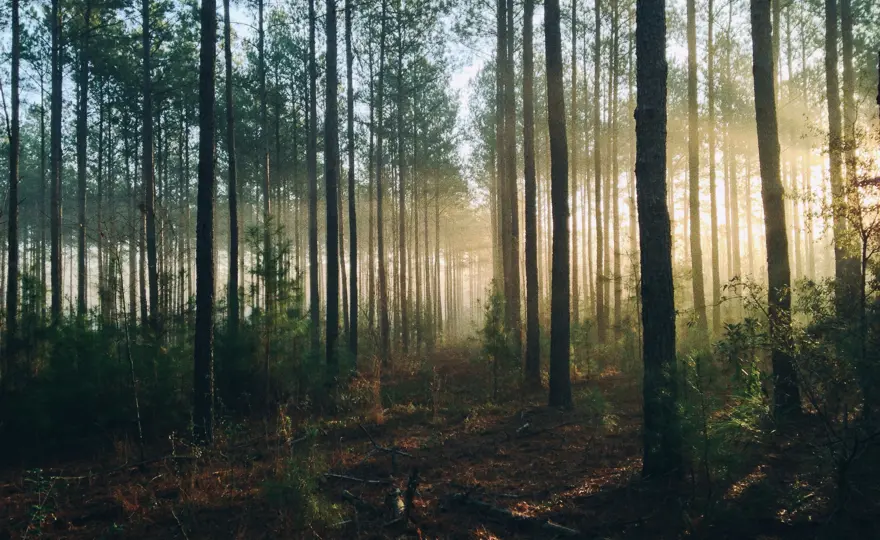ClientEarth Communications
22nd December 2020


A carbon sink is anything that absorbs more carbon from the atmosphere than it releases – for example, plants, the ocean and soil. In contrast, a carbon source is anything that releases more carbon into the atmosphere than it absorbs – for example, the burning of fossil fuels or volcanic eruptions.
Carbon is essential to all life on Earth – it’s in our DNA, in the food we eat and the air we breathe. The amount of carbon on Earth has never changed but where carbon is located is constantly changing – it flows between the atmosphere and organisms on Earth as it’s released or absorbed. This is known as the carbon cycle – a process that has been perfectly balanced for thousands of years.
A carbon sink absorbs carbon dioxide from the atmosphere. The ocean, soil and forests are the world’s largest carbon sinks.
A carbon source releases carbon dioxide into the atmosphere. Examples of carbon sources include the burning of fossil fuels like gas, coal and oil, deforestation and volcanic eruptions.
Now, increased human activity is upsetting the balance. We’re releasing more carbon into the atmosphere than the Earth’s natural carbon sinks can absorb. Our continued reliance on fossil fuels for energy means billions of tonnes of carbon are released into the atmosphere every year. The importance of carbon sinks has never been greater.
Carbon sinks come in different forms, and some might surprise you. But they’re increasingly under threat. These are some of the biggest on Earth and protecting them all is essential for tackling climate change and keeping our climate stable.
The Ocean
The ocean is the biggest carbon sink on the planet. It has sucked up about a quarter of the carbon dioxide released into the atmosphere since we began burning fossil fuels for energy during the Industrial Revolution. Phytoplankton are the main reason the ocean is one of the biggest carbon sinks. These microscopic marine algae and bacteria play a huge role in the world’s carbon cycle - absorbing about as much carbon as all the plants and trees on land combined. But plastic pollution in our ocean means plankton are eating micro plastics which is impacting the rate at which they are trapping carbon in our ocean. We’re using the law to push for an end to plastic pollution.
Soil
The Earth’s soil absorbs roughly a quarter of all human emissions each year, with a large portion of this stored in peatland or permafrost. But it's under threat from increasing global demand for food production, chemical pollution and climate change. We're pushing for a reformed agricultural model. We want to see stronger laws that protect our soil.
Forests
The world’s forests absorb 2.6bn tonnes of carbon dioxide every year. Yet despite their vital importance, an area the size of a football pitch is destroyed every second. We work for forests to be used sustainably and protected. There are three important strands to this effort: improving laws, empowering forest communities and fighting illegal logging and trade.
Fungi
A world of microscopic fungi lives beneath our feet, and scientists believe they capture and store over a third of global carbon emissions every year. Modern farming stops them working so they need to be given the same protections as soil and trees.
Elephants
Yes, elephants! Large mammals can play a role in speeding up natural carbon capture. Elephants particularly, inhibit wildfires by eating flammable vegetation, and by trampling plants underfoot, they help force the carbon in them into the soil where it is much more likely to stay.